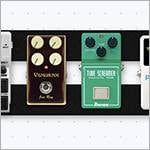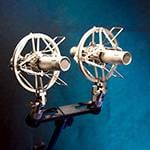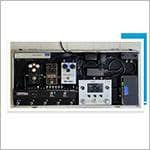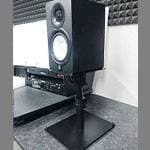When starting bass, the first dilemma many face is, “Which instrument should I choose?” Even among basses, there are various types, and many people wonder, “Now which bass should I pick?” Moreover, beyond the instrument itself, questions like “Is an amp necessary?” or “What is a shield?” arise, and many beginners get overwhelmed by the number of pieces of equipment to assemble.
So, in this column, I will introduce representative types of electric basses and their sound characteristics, as well as the gear you’ll need to begin and how to set up your practice environment. I hope this helps you in choosing a bass that suits you.
1. Representative Types of Electric Bass and Differences in Sound
Even though this instrument is simply called a “bass”, there are actually a variety of models. Among them, the most famous and widely loved by many players are the “Jazz Bass” and the “Precision Bass”. These two are considered the main standards in the world of electric bass.
Jazz Bass
A model introduced by Fender in 1960. It’s equipped with two pickups and can produce sounds ranging from round and soft to crisp and cutting. It’s an all-purpose type that’s easy to use across all genres, making it especially beginner-friendly. If you're thinking, “I just want to try playing bass right now,” this is a highly recommended model.
■ Sound Sample (Fingerstyle → Pick Playing → Slap)
Precision Bass
Introduced by Fender in 1951, it was the world’s first mass-produced electric bass. Its features include a simple structure and a powerful, thick sound. It is frequently used in genres like rock, punk, and blues, and its hallmark is a solid resonance that firmly supports the entire band within an ensemble.
⇒ Precision Bass / PB Type List
■ Sound Sample (Fingerstyle → Pick Playing → Slap)
Other Representative Models
- ● Music Man StingRay
- Known for its punchy and clearly defined sound, it's popular in rock and pop genres.
⇒ MUSICMAN / MM Type List - ● 5-String & 6-String Basses
- These models extend the lower or higher frequency range. They may be a bit challenging for beginners, but offer something to look forward to as you progress.

※The photo shows the author’s own 5-string bass
⇒ 5-String Bass List
⇒ 6-String Bass List
※ Is a Low-Priced Bass Okay?
You might wonder, “Do I have to buy an expensive instrument?” but there’s no need to worry. These days, even low-priced basses are made with solid quality and can serve very well as a first instrument. In fact, for beginners, it’s often better to choose a model that’s easy to handle and just pick up and play.
2. Equipment Needed to Start Playing Bass
Once you’ve chosen your bass, you’ll need to gather the essential equipment to actually play it. Here are the basic items you should have to get started.
Bass Amp
An amp is essential for playing bass. For home practice, a small-sized bass amp is convenient. Many recent models include headphone jacks, allowing you to practice at night without worrying about noise.
Shield (Cable)
This is the cable that connects your bass to the amp. For home practice, a 3-meter cable is recommended.
⇒ Phone-to-Phone (Instrument) Cable List
Tuner
Tuning is very important when practicing. While smartphone apps can substitute for tuners, for bass guitars, clip-on tuners that attach to the headstock or pedal-type tuners that connect directly via cable are more stable and accurate, especially in environments where app tuners might struggle to pick up the sound.
Strap
While primarily used for standing performance, straps also help support posture when sitting, making them highly recommended for beginners. With a wide variety of designs available, picking one that matches your taste can boost your motivation.
Pick (For Those Who Want to Play with a Pick)
Using a pick on bass allows for a more defined and punchy sound. Since picks aren’t expensive, it’s worth buying one just to try. (If you’re unsure, a triangle-shaped pick with a thickness of 1mm or more is recommended.)
If selecting and buying each item one by one seems too much, getting a beginner set is a good option. These sets include all the essential equipment and tools needed for practice.
⇒ PLAYTECH / Electric Bass Set List
3. How to Set Up Your Practice Environment
Once you’ve got your instrument and gear, the next step is to think about where you’ll practice.
- ● Practicing at Home
- With a small amp or headphones, you can practice effectively at home. Depending on the time of day or your housing situation, using headphones may be essential. If using an amp isn’t an option, a headphone amp is another viable choice.
- ● Practicing in a Studio
- Even if you don’t plan to join a band, going to a practice studio lets you play at high volume, which feels great. Studios are equipped with amps, and many also rent out instruments and effect pedals, so you can easily try out gear you don’t own.
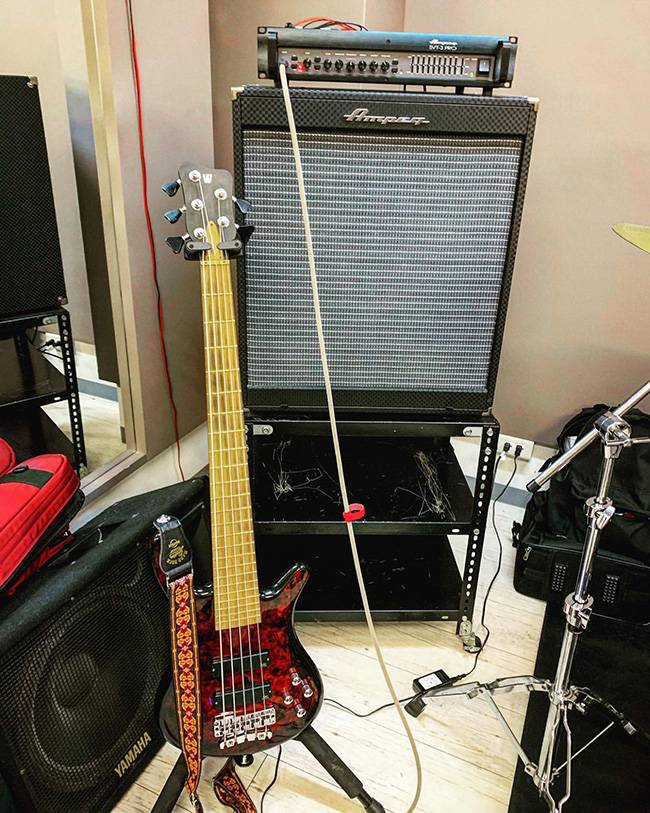
※ Practicing with large amps like the one in the image is one of the perks of studio use.
4. Advice for Beginners: Keep It Simple at First!
Many people worry and say,“What kind of bass should I get?” “There’s too much gear I need!”—but there’s no need to have everything perfect from the start.
- Bass guitar
- Small amp (headphone-compatible is convenient)
- Cable
- Tuner
With just these four items, you’re ready to begin practicing. You can gradually add things like a strap or picks as needed.
The most important thing is setting up an environment where you can practice. Start casually and focus on enjoying the fun of playing!
Summary
In this article, I introduced the main types and sounds of electric basses, as well as the essential equipment and practice environment needed to start playing bass.
Choosing a bass may seem difficult, but in reality, you can get started just by choosing a standard model and gathering the minimum necessary gear. What’s truly important is whether or not playing feels fun. If you find a bass that excites and motivates you, then that is the best bass for you.
In the next issue, I’ll get into the correct posture and playing form for bass. I’ll share important tips for preventing injury and enjoying long-term playing, so stay tuned!
⇒ Sound House’s “Tora-no-Maki” Electric Bass Beginner’s Guide
The “sound & person” column is made up of contributions from you.
For details about contributing, click here.






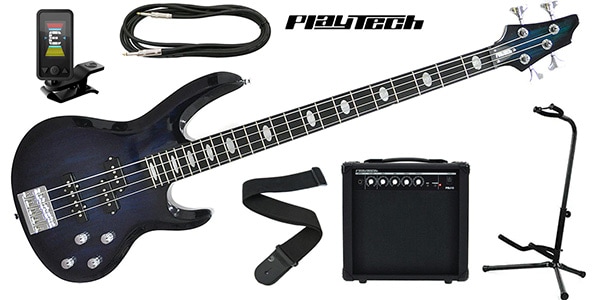
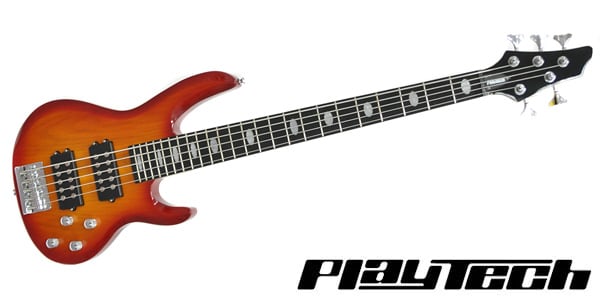

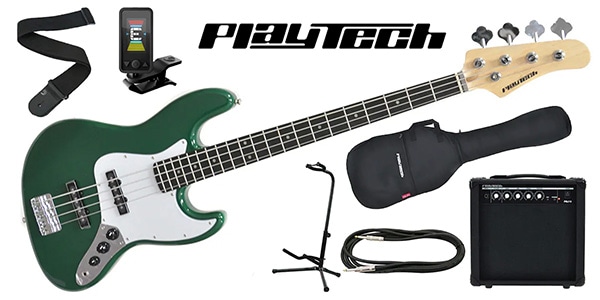

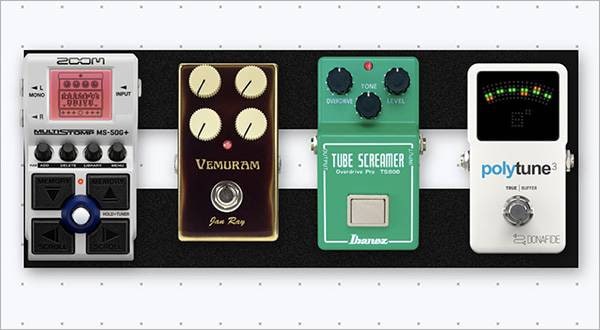
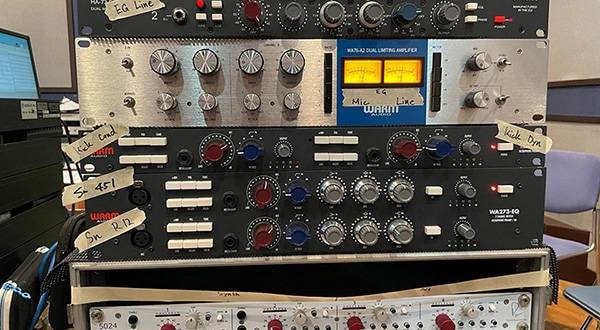
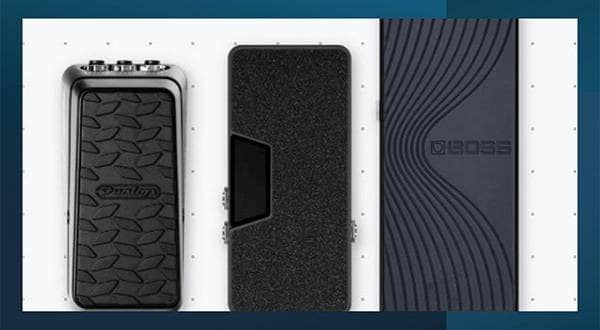
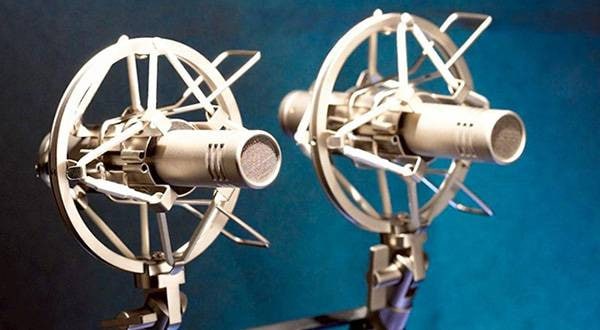

![Starting from Zero: Electric Bass Introduction [10-Part Series] Part 1: The Appeal and Role of the Bass](/contents/uploads/thumbs/5/2025/10/20251008_5_33210_1.jpg)

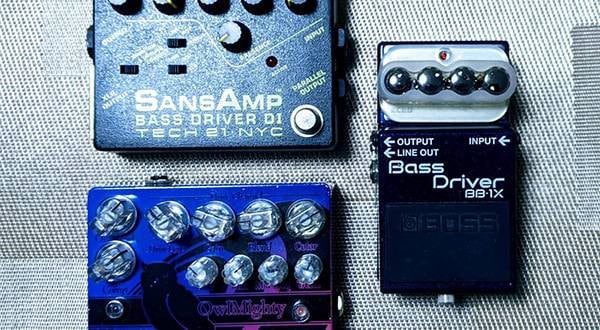
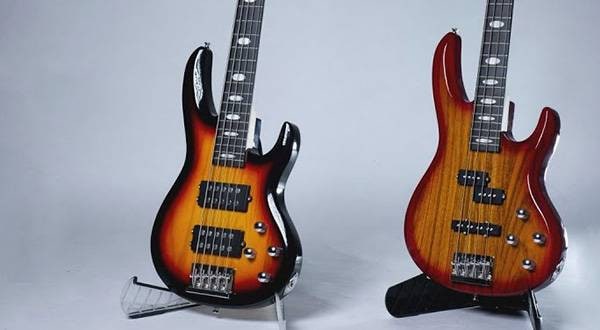
![[Latest for 2025] Recommended for Beginners! Bass Effects Pedals](/contents/uploads/thumbs/2/2023/6/20230606_2_22909_1.jpg)
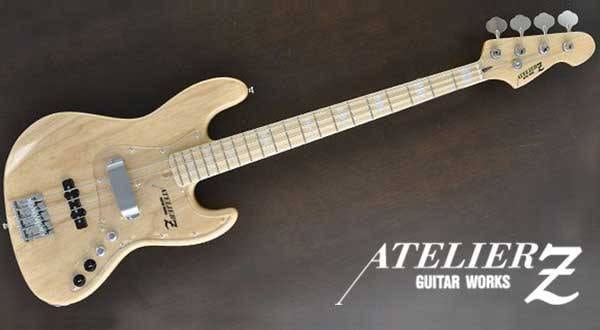
 LEVYS
LEVYS
 ベーシストの自宅練習に最適な BOSS ベース・アンプ3選
ベーシストの自宅練習に最適な BOSS ベース・アンプ3選
 基礎から学ぶベースレッスン
基礎から学ぶベースレッスン
 初心者必見!PLAYTECH 激スゴの理由!
初心者必見!PLAYTECH 激スゴの理由!
 ベーススタートガイド
ベーススタートガイド
 ベースを始めるのに必要なものは?
ベースを始めるのに必要なものは?
